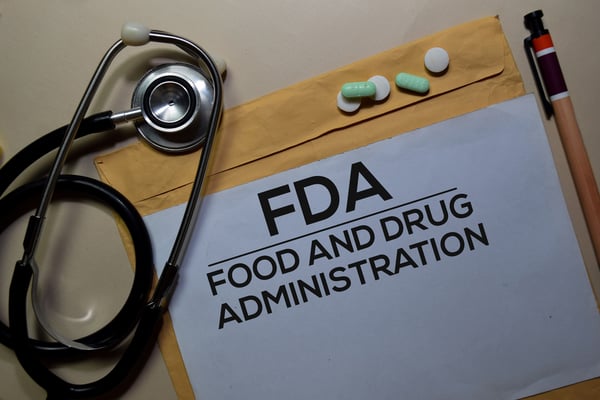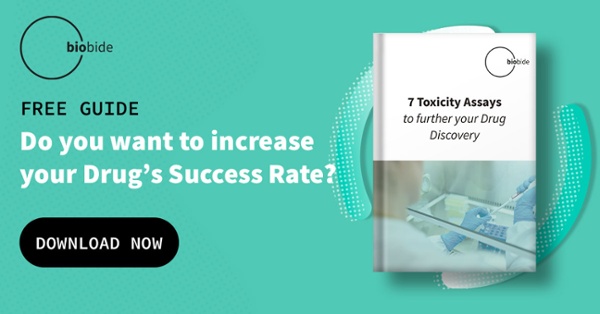Regulatory agencies in the human toxicology field are responsible for protecting and promoting public health through the control of the toxicity and harmful effects pharmaceutical and chemical products, and physical agents have on human health and the environment.
There are three principal regulatory agencies in the field of human toxicology in the US: the Food and Drug Administration (FDA), the Environmental Protection Agency (EPA), and the Consumer Product Safety Commission (CPSC ).In general terms, the role of these agencies is to set standards and regulations that various industries must comply with when developing new products and/or using toxic products. They also perform product controls and pollution monitoring to ensure public health and environmental protection and implementation of educational programs about the dangers, precautions, and good practices with toxic compounds.
This article explains the objective of each agency and its main responsibilities.

The Food and Drug Administration (FDA)
The FDA is the principal drugs regulatory agency in the US as it controls and supervises the safety standards of many daily life products including cosmetics, drugs, food, and medical devices. The agency consists of several centers that specialize in different product areas such as Drug Evaluation and Research, Food Safety, and Veterinary Medicine, that own field offices and laboratories across the country.
Set up in 1906, the FDA was created to enforce the United States’ first food and drug safety bill, the Food and Drug Act of 1906. Since then, the agency has developed to assure the safety, efficacy, and security of drugs and foods used for human and animal consumption. The actions performed by the FDA include the creation of safety standards, guidelines, regulatory commissions, evaluation of product information and labeling, marketing procedures, facility inspections, or research programs for the improvement of the assays, procedures, and informatic tools, among others.
Some examples of the products the FDA regulates are:
- Drugs and medicines –prescription and non-prescription.
- Medical devices - heart pacemakers and surgical implants.
- Biologics - vaccines, blood, and tissue products.
- Cosmetics – personal care and beauty.
- Foods –dietary supplements, food additives, bottled water, infant formula.
- Veterinary – pet and livestock food and drugs.
- Electronic – products that emit radiation such as microwaves.
- Tobacco products – cigarettes, tobacco, and e-cigarettes.
The Environmental Protection Agency (EPA)
EPA was created in 1970 absorbing several administrations and agencies such as the Federal Water Quality Administration, National Air Pollution Control Administration, and Environmental Control Administration’s Bureau of Solid Waste Management among others. In the beginning, the agency provided technical assistance and set goals and standards, but soon Congress gave EPA its regulatory authority.
The objective of the EPA is to protect the environment and any impact environmental actions have on human life. It implements a series of government laws to reduce the risk to human health and the environment, including the Consumer Product Safety Act or establishing pollution prevention programs and energy conservation efforts. Also, has the legal authority to establish fines, sanctions, and other measures.
The agency is split into a series of departments dealing with the delivery of clean air, water, and land. With its headquarters in Washington, the EPA has several offices throughout the country and laboratories that monitor pollution and supply data to help protect the environment.
Several key areas come under the umbrella of the EPA including:
- Air quality – pollution and quality of indoor and outdoor air.
- Climate change – monitoring of greenhouse gases, and reduction of emissions.
- Water – drinking, and wastewater pollution prevention and monitoring.
- Land, waste, and cleanup – hazardous, industrial, and household waste.
- Chemicals and toxins – the regulation of dangerous substances and the development of safer chemicals.
- Health – identification of products that can damage health such as pesticides, air quality, and water.
The EPA also promotes greener living by providing the tools to help the public understand how to live sustainably, recycle, reduce fuel emissions and choose cleaner energy.
The Consumer Product Safety Commission (CPSC)
Set up in 1972, the CPSC assures all products sold in the US meet the necessary regulatory requirements wherever in which part of the world they have been manufactured. The CPSC is responsible for protecting the public against the risk of health damage or death that may be caused by consumer products on sale in the US. These products are those that can cause a fire, or present a chemical, mechanical or electrical hazard.
The CPSC develops safety standards, researches potential hazards, and informs the public of risks from consumer products. These include standard household items such as furniture, tools, toys, and electrical appliances. The agency also works with manufacturers to advise on product safety before an item is released to the public.
One of the CPSC’s key responsibilities is product recalls – when a product is removed from the market for public safety reasons. This can take place if an accident or death occurs after a consumer has bought and consumed a product or if a product that is on sale is found to be non-compliant with the required safety regulations. Some of the common reasons for product recalls include risk of injury, fire hazards, choking hazards, electric shock, and inhalation of toxic substances.
To sum up, each of these US regulatory agencies exists to protect the public and keep people and the environment safe while going about their daily lives. Their missions are to set standards manufacturers and services should observe, evaluate product safety, and educate the public and organizations on the potential dangers that exist around them.





